CANADA
Montreal

Montreal
Montreal
Montreal is the economic and cultural metropolis of the Canadian province of Quebec, Quebec City is the political center. It is Canada's second largest city (after Toronto) and the second largest French-speaking city in the world after Paris. Rich in culture and history, Montreal is one of the liveliest cities in North America. The city is located on the island of Montreal, named after Mount Royal or Mont Real. According to the 2011 census, the city of Montreal had a population of 1,649,519 inhabitants, while the metropolitan area had an estimated population of 3,824,221 inhabitants. Montreal's official language is French.
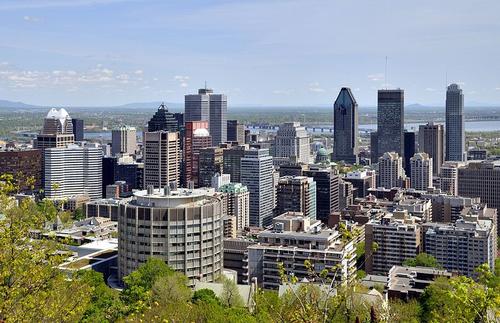 MontrealPhoto: Taxiarchos228 CC 3.0 Unported no changes made
MontrealPhoto: Taxiarchos228 CC 3.0 Unported no changes made
| advertisement |
| Hotels Montreal |
Location
Montreal coordinates are: 45° 31 North latitude 73° 39 West longitude. Montreal is located in the southwestern part of the province of Quebec. The city itself occupies most of the island of Montreal at the confluence of the Saint Lawrence and the Ottawa River. Part of Montreal is located on one side of the Saint Lawrence Seaway, the river that stretches from the Great Lakes to the Atlantic Ocean. Montreal's highest point is 232 meters above sea level. The urban area covers 431.50 km², the metropolitan area comprises 4,258.31 km².
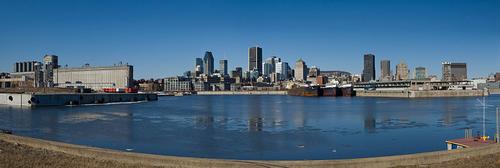 Port of MontrealPhoto: Harald CC 2.0 Generic no changes made
Port of MontrealPhoto: Harald CC 2.0 Generic no changes made
Weather
Montreal has a humid continental climate with four different seasons. Summers are humid and range from warm to hot. The daily averages are between 21 and 22 °C in July, temperatures above 30 °C are not uncommon. In early and late summer, the weather is often windy.
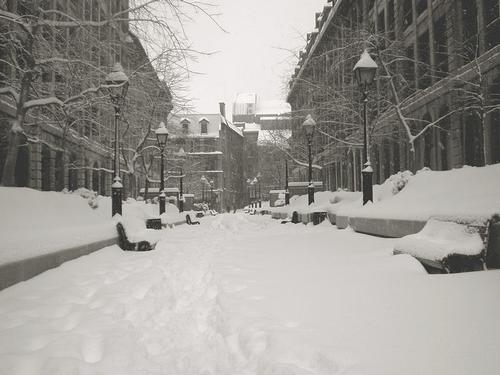 Snow in Old MontrealPhoto: Tetro Smog CC 3.0 Unported no changes made
Snow in Old MontrealPhoto: Tetro Smog CC 3.0 Unported no changes made
Montreal winters usually bring cold weather with wind and snow, with a daily average of around -10 °C in January. Temperatures can also rise above freezing during that period, with several rainy days in January and February. Spring and fall are pleasantly mild, although there are large temperature fluctuations. The weather in April is quite mild and sunny and May is warm and often humid. Average annual rainfall is 980 mm, including an average of about 200 cm of snowfall from November to March. Thunderstorms with heavy rains occur from late spring to summer and early autumn. Montreal has an average of 2029 hours of sunshine per year.
History
The area of the island of Montreal was inhabited as early as the second millennium BC. This is evident from archaeological finds. Before the 10th century AD, settlers already cultivated maize and after the year 1000 they built fortified villages.
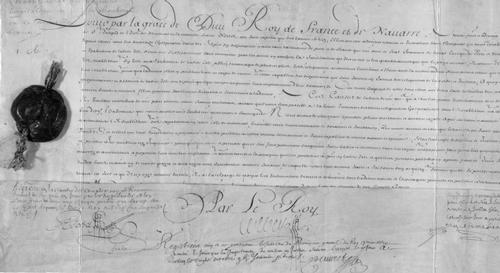 Letter from King Louis XIV to the people of MontrealPhoto: Public Domain
Letter from King Louis XIV to the people of MontrealPhoto: Public Domain
In 1611, a trading post was established on the island of Montreal, on a site at the confluence of Petite Rivière and the St. Lawrence River. The city was founded in 1642. Originally called La Place Royale, the city became a center for the fur trade and the base for further French exploration in North America. In 1832, the name Montreal became official. With the opening of the Lachine Canal and the construction of the Victoria Bridge, Montreal became increasingly important and also became a major railway center.
Around 1860, Montreal became Canada's economic and cultural center and the largest city in British North America. Montreal was the capital of Canada between 1844 and 1849. Subsequently, the government moved the capital to Ottawa, due to its more favorable inland location. In 1951, Montreal had a population of over a million people. The Saint Lawrence Seaway was opened in 1959 to allow ships to reach Montreal. The city's economy deteriorated at the end of the last century as companies moved to other parts of the country. On January 1, 2002, Montreal was merged with the 27 surrounding municipalities on the island of Montreal.
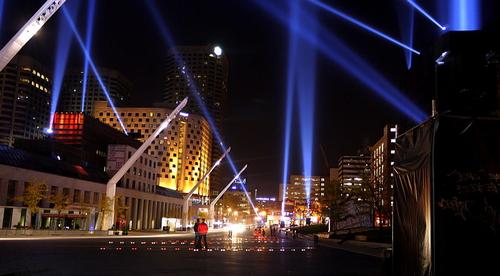 Quartier des Spectacles MontrealPhoto: Art_inthecity CC 2.0 Generic no changes made
Quartier des Spectacles MontrealPhoto: Art_inthecity CC 2.0 Generic no changes made
The 21st century has led to a revival of the city's economic and cultural life. The construction of new skyscrapers and the two largest hospitals in Canada, together with the creation of the Quartier des Spectacles Montreal, has given a modern look.
Sights
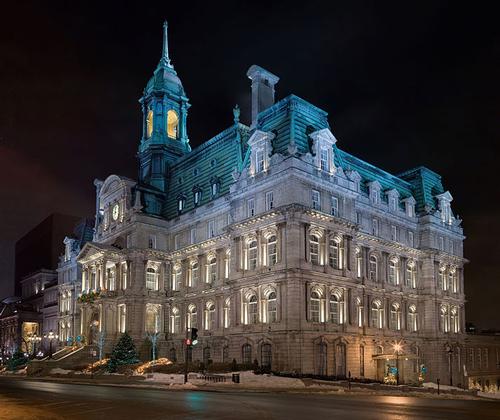 Town Hall of MontrealPhoto: David Iliff CC 2.5 Generic no changes made
Town Hall of MontrealPhoto: David Iliff CC 2.5 Generic no changes made
Old Montreal (French: Vieux-Montreal) is a historic area southeast of downtown with many different landmarks, such as the Old Port of Montreal, Place Jacques-Cartier and Montreal City Hall. Old Montreal has a characteristic architecture and narrow cobbled streets, it is very attractive to tourists and is in the immediate vicinity of the river. There are many well-preserved historic buildings, such as Notre-Dame de Montreal Basilicella, Bonsecours Market, the impressive 19th-century headquarters of the major Canadian banks on St. James Street, and Ernest Cormier's Art Deco University of Montreal. Most of the historic buildings date from the 17th to the 19th centuries. They are beautifully lit at night. There are also many interesting museums and churches.
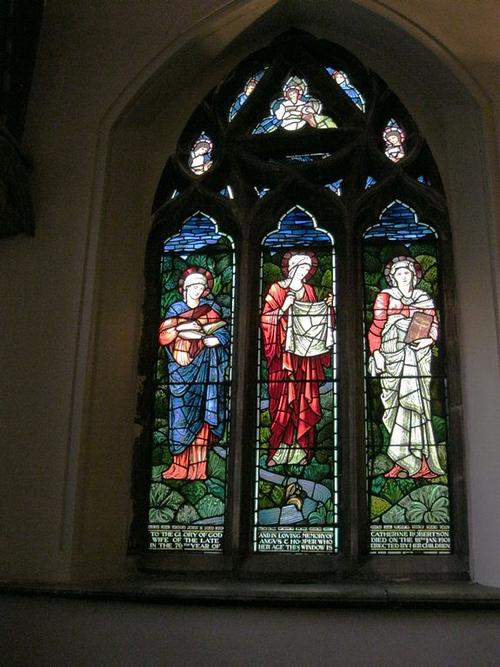 Stained Glass Windows Montreal CathedralPhoto: Jean Gagnon CC 3.0 Unported no changes made
Stained Glass Windows Montreal CathedralPhoto: Jean Gagnon CC 3.0 Unported no changes made
Christ Church Cathedral is a grand Anglican building dating back to the mid-19th century. It is located in the eastern part of Down Town Montreal. Christ Church Cathedral is built in Gothic Revival style and its many historical features, including large paintings, stained glass windows and an impressive pipe organ, make it a tourist attraction. You can take guided tours or visit some seasonal events.
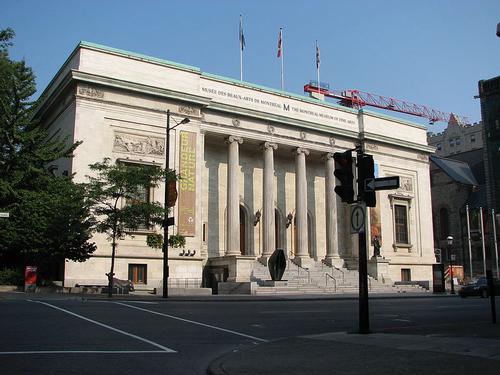 Montreal Fine Arts MuseumPhoto: Stéphane Batigne CC 3.0 Unported no changes made
Montreal Fine Arts MuseumPhoto: Stéphane Batigne CC 3.0 Unported no changes made
The Fine Arts Museum is one of the city's major museums and dates back to 1860. The museum is located on the west side of Down Town Montreal. There are several pavilions, which are connected by underground corridors. The museum houses more than 25,000 objects, including historical paintings, prints and local memorabilia. This museum is highly regarded throughout Canada and also has a popular café.
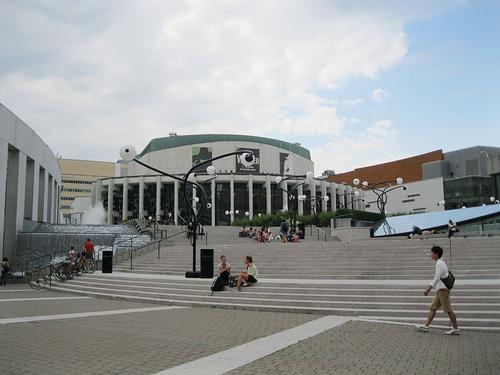 Place des Arts in MontrealPhoto: JeanGagnon CC 3.0 Unported no changes made
Place des Arts in MontrealPhoto: JeanGagnon CC 3.0 Unported no changes made
The Montreal Museum of Contemporary Art in the Latin Quarter features a large and impressive collection of modern artworks created since the 1940s. Located in the Place des Arts complex, the Museum of Contemporary Art features over 6,000 works of art, featuring works by many notable artists such as Picasso and Andy Warhol. Temporary exhibitions are organized all year round.
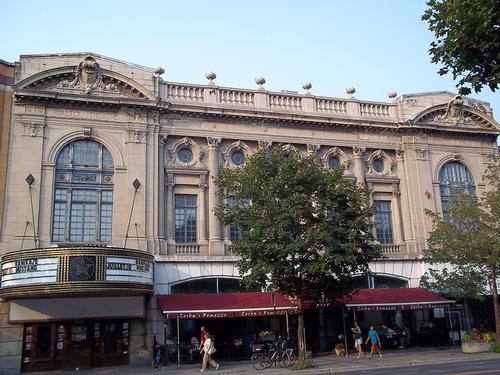 Rialto Theater MontrealPhoto: Jeangagnon CC 3.0 Unported no changes made
Rialto Theater MontrealPhoto: Jeangagnon CC 3.0 Unported no changes made
The Rialto Theater, with its graceful proportions and details, is one of the most interesting buildings in Montreal. It is a center of the performing arts. Pavilions designed for Expo 67 include a wide variety of architectural designs. In 2006, Montreal was named a UNESCO City of Design. Montreal is an important center of film and television production. The city is also home to many cultural, film and music festivals. The most popular sport in Montreal is ice hockey.
Tips
Long lines of shops and shopping centers can be found in underground galleries. This offers a pleasant way of shopping, especially in bad weather. St-Laurent Street is the most famous shopping street in the city.
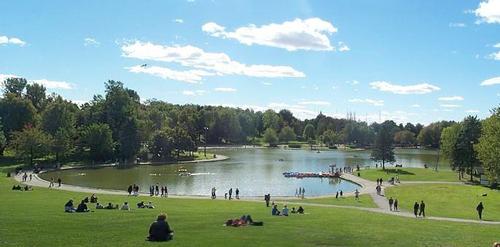 Park Mont RoyalPhoto: Montrealais CC 3.0 Unported no changes made
Park Mont RoyalPhoto: Montrealais CC 3.0 Unported no changes made
Montreal's largest park is on the slope of Mount Royal. This beautiful wooded park was designed by the same landscaper as New York's Central Park. A few kilometers north by metro is Hochelaga-Maisonneuve with the Olympic Stadium, the insectarium, the botanical garden and the Biodôme.
Useful links Montreal
BBC Country ProfilesWorld Fact Book Explore all Countries
How to call
Last updated June 2025
Copyright: Team - The World of Info